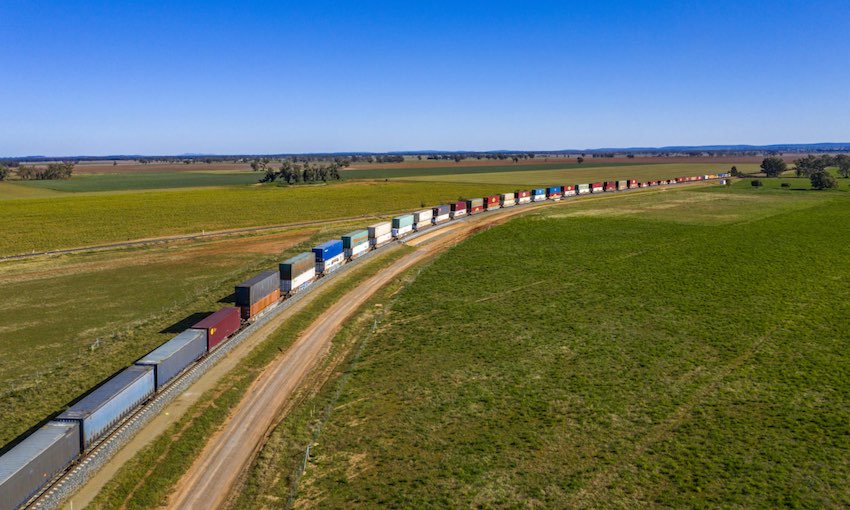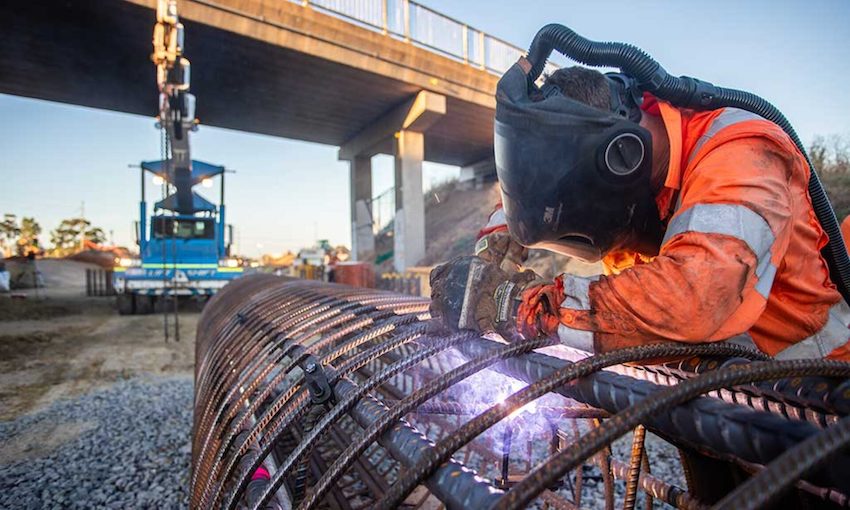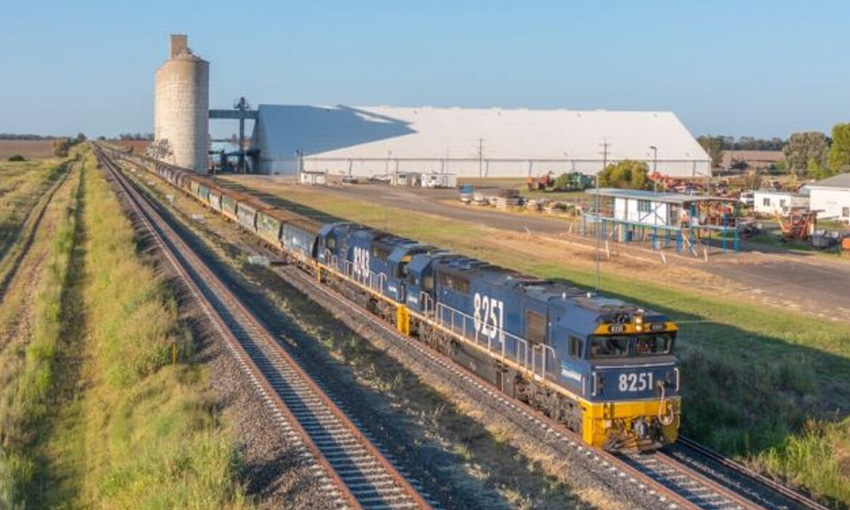INLAND RAIL has finished a survey and modelling of nearly 233,000 hectares of land to upgrade a digital representation of the route in Queensland.
The upgrade of Queensland’s spatial cadastre (which digitally represents every parcel of land on the state’s Inland Rail route) took around two years.
The Inland Rail team said the spatial cadastre would be used to accurately identify the location of the new Inland Rail line and manage land use and ownership along the route.
Inland Rail worked with Queensland’s Department of Resources to update more than 7699 land parcels including 601 easements covering a total of 232,811 hectares.
Inland Rail survey program manager Mark Pierce said updating the Queensland spatial cadastre was an important step in ensuring accurate information is available for use by the Inland Rail.
“These new data sets will be used to accurately identify the location of the new rail line and manage land use and ownership along the route,” he said.
“More than 450 new permanent survey marks were added to the survey control register as part of the control network being installed to support the design, constructions and ongoing maintenance of Inland Rail.”
Mr Pierce said the survey control marks are now part of Queensland’s geodetic network and positioning infrastructure.
“This is a significant achievement for the DoR and ARTC as it marks another milestone in the development of this important project.”
The Inland Rail team conducted ground-based surveys and used field data to develop detailed reference files to enhance and update the accuracy of the spatial cadastre.
It installed five new continually operating reference stations along the alignment to enhance coverage between the Queensland/NSW border and Toowoomba.
This work was done in collaboration with Geoscience Australia as part of the Positioning Australia initiative.
Gordon Szczepina, cadastral, geodetic and permit data manager at the Department of Resources, said the department’s main focus is accuracy of information for future land management and planning.
“The accuracy of the spatial cadastre is a critical aspect of any project, especially one of this size and importance,” Mr Szczepina said.
He said the department had been working closely with Inland Rail for the past two years to upgrade the spatial accuracy of the Inland Rail corridor.
“We have taken their data and assessed it against high-resolution imagery to upgrade the current land parcels to represent a more accurate spatial cadastral fabric,” he said.
“Ultimately, upgrading the accuracy of the spatial cadastre for the Inland Rail project is a vital aspect of ensuring the project is delivered in a timely and efficient manner with minimal impacts on the environment and local communities.
“The updating of the spatial cadastre and enhancement of the survey control register are great examples of strong collaboration between ARTC and the department.”





